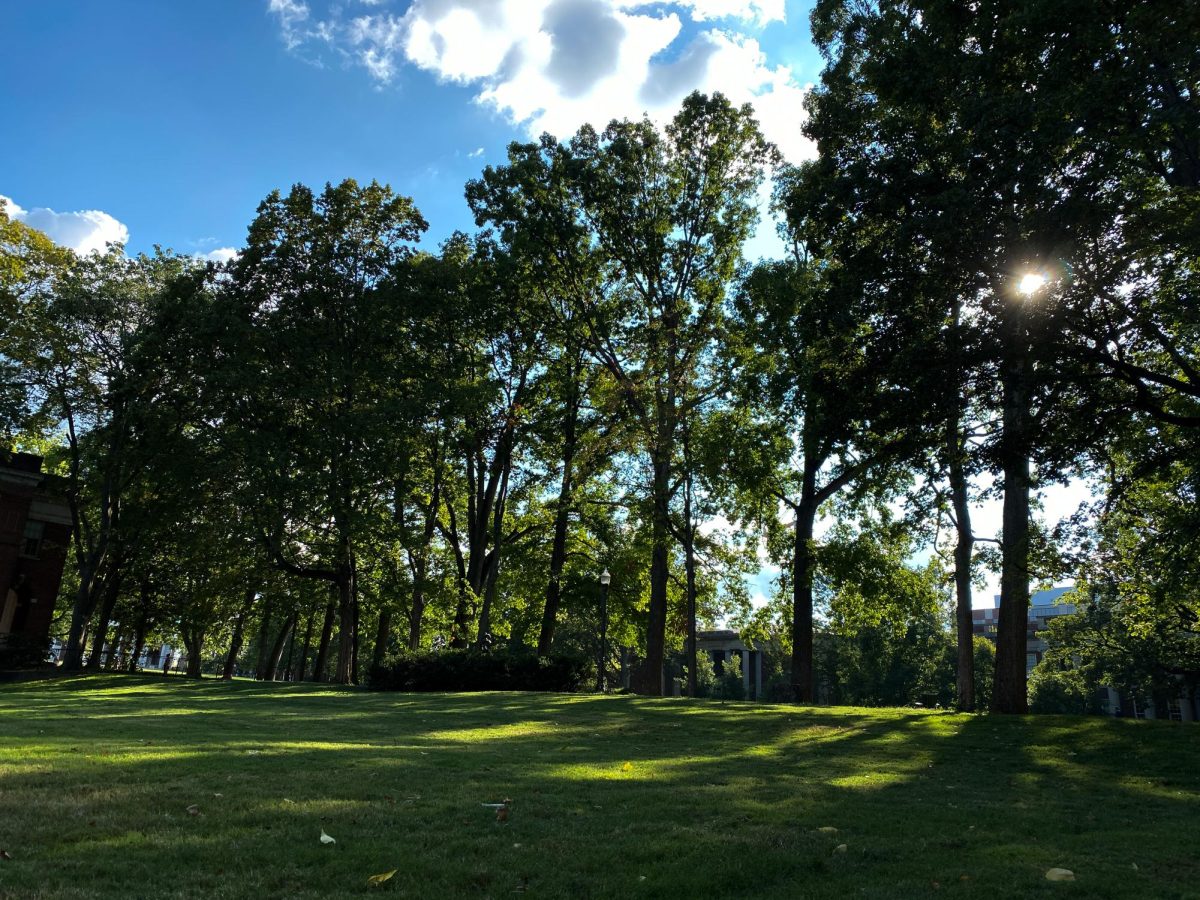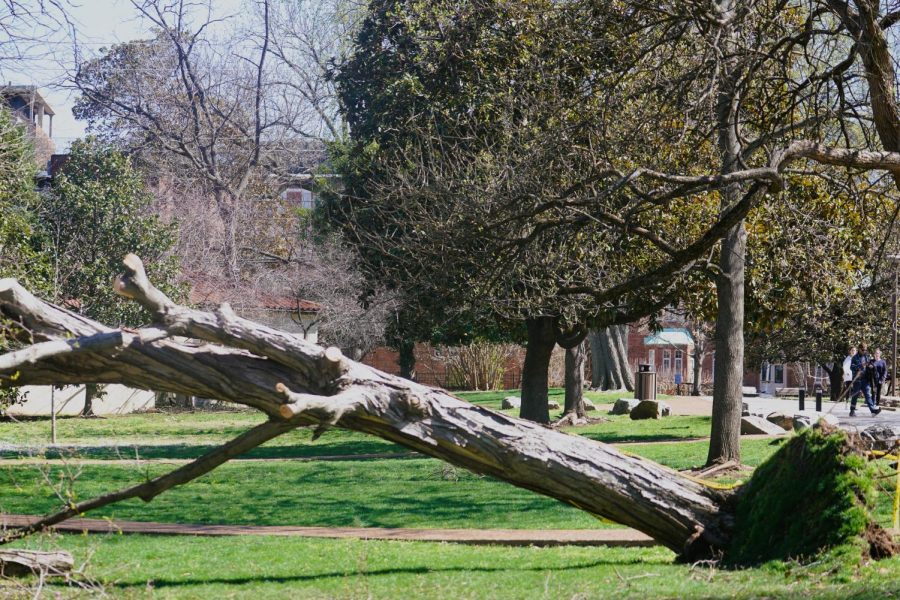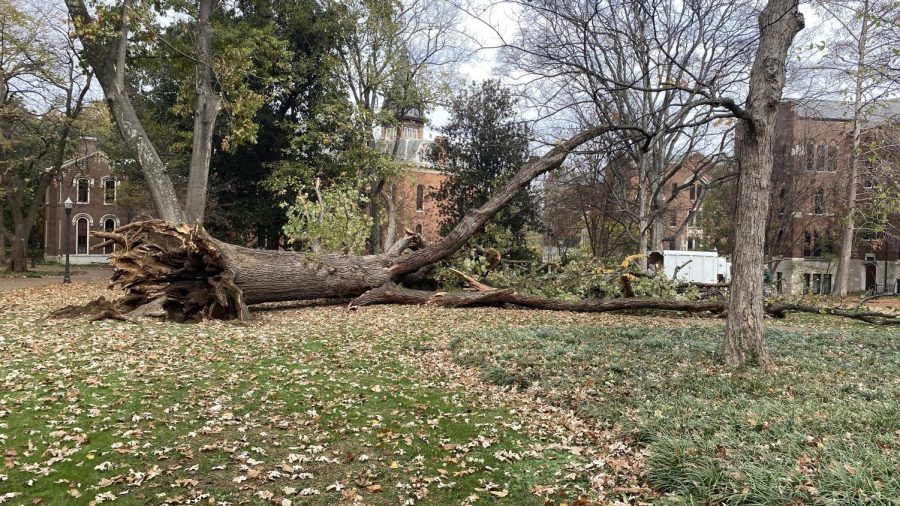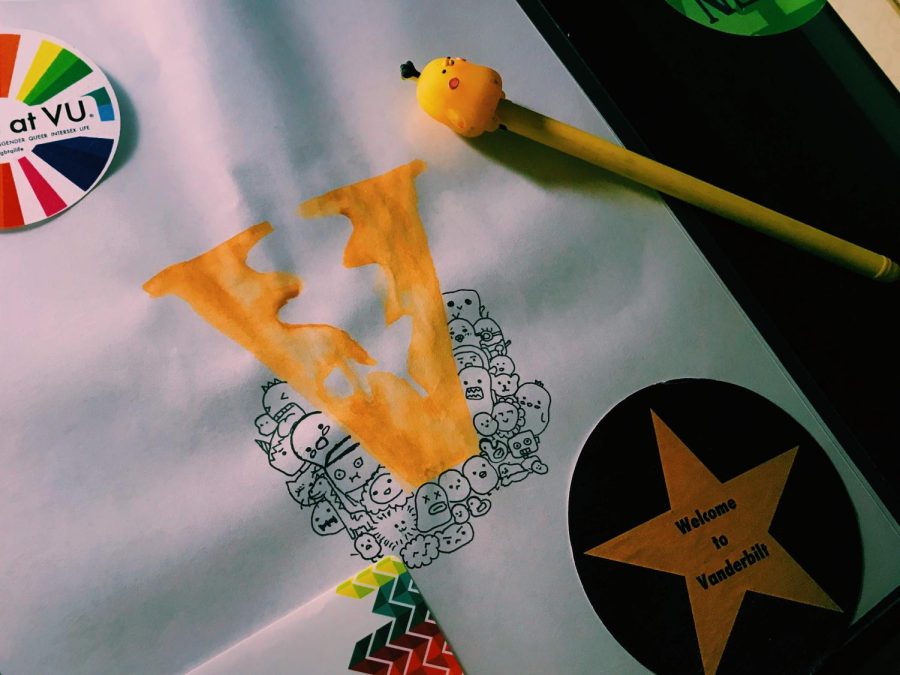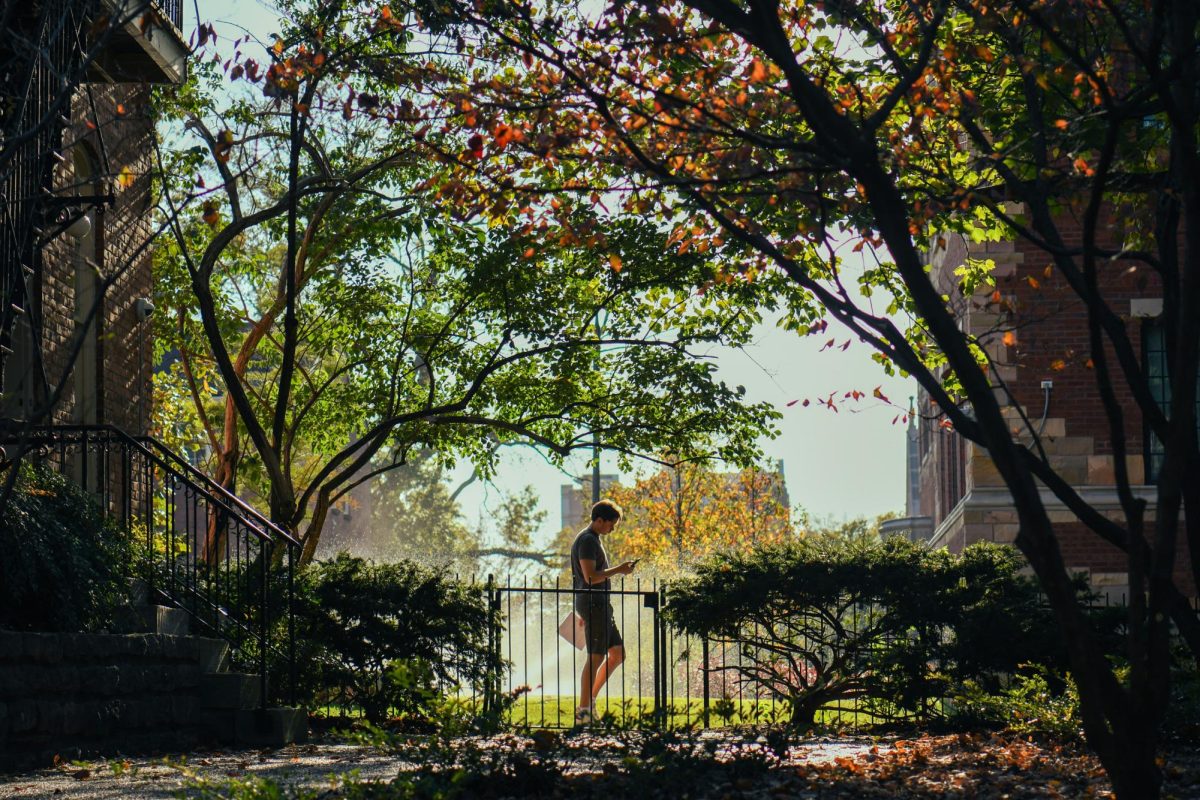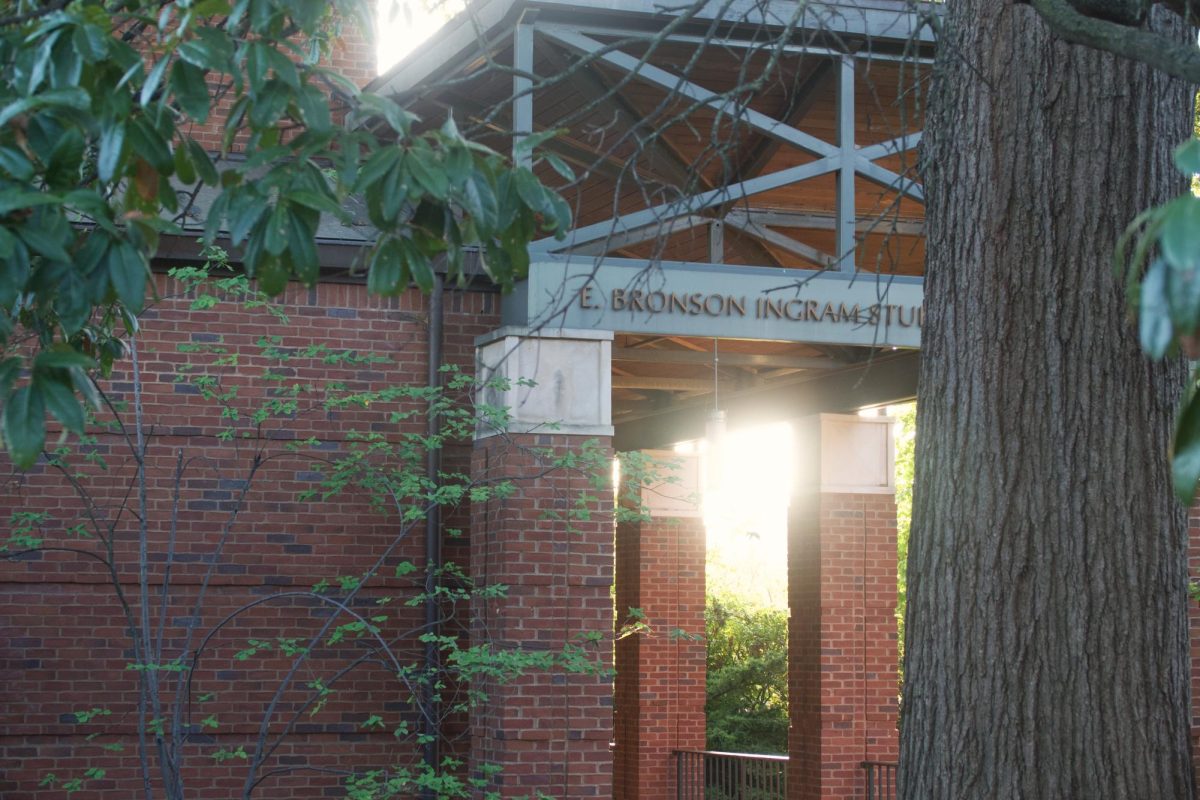Spring has sprung here at Vanderbilt University, treating us to the beautiful sight of greenery on our journeys through campus. If you take the time to look carefully at some of the trees, you may begin to notice small signs indicating their species. These signs are part of Vanderbilt’s arboretum. An arboretum is a garden or collection of a wide variety of shrubs, trees and herbaceous plants, often cultivated for educational or scientific purposes. Vanderbilt is a Level II ArbNet certified arboretum. This means that the arboretum has a minimum of 100 species, has at least one arboretum employee, has enhanced public programming and has a policy detailing the professional and developmental management of the arboretum.
The Vanderbilt arboretum website offers many different experiences focusing on types of plants, history and details about the landscape architect. James Moore is the landscape architect who works with Vanderbilt University to enhance our university’s arboretum while respecting and preserving the history that it holds. This process focuses on prioritizing the native flora of Tennessee.
This website offers an interactive map created by the Geographic Information Services department here at Vanderbilt. This map displays glowing icons where each tree/shrub is. Upon clicking, it details the species of the selected tree. This provides an exciting opportunity to use the interactive map and determine what kind of flora you are looking at as you travel around campus. Furthermore, while navigating through the website, one can also find a detailed history of the university’s layout.
One of the most notable contributions to the Vanderbilt arboretum was the Bicentennial Oak, a bur oak tree that predated the university. It was estimated to be almost 250 years old, standing tall at about 82 feet. However, this landmark tree collapsed in 2022. The Vanderbilt arboretum website can help highlight past trees that have died. Under the “Ghost Trees” section, one can be transported back in time. Individual sections on past trees detail their location, year of sprouting and death and historical details as well as links to “The Trees of Vanderbilt” for further reading.
Experiencing the arboretum can be as simple as observing the sun streak through the leaves of tulip trees as you walk to Buttrick Hall. You can enjoy it when talking with friends in a hammock under the southern magnolias that line the pathway to Rand. It can be a part of your many photos of Zeppos tower, with Yoshino flowering cherry trees capturing the beauty of our campus.
The arboretum and its website not only help us take a moment to appreciate the nature around us but also allow us to gain more insight into the history of Vanderbilt and its original campus. With finals coming up, it is important to take breaks to destress. Strolling around our beautiful campus is a great way to reconnect with the institution’s history, nature and ourselves.

